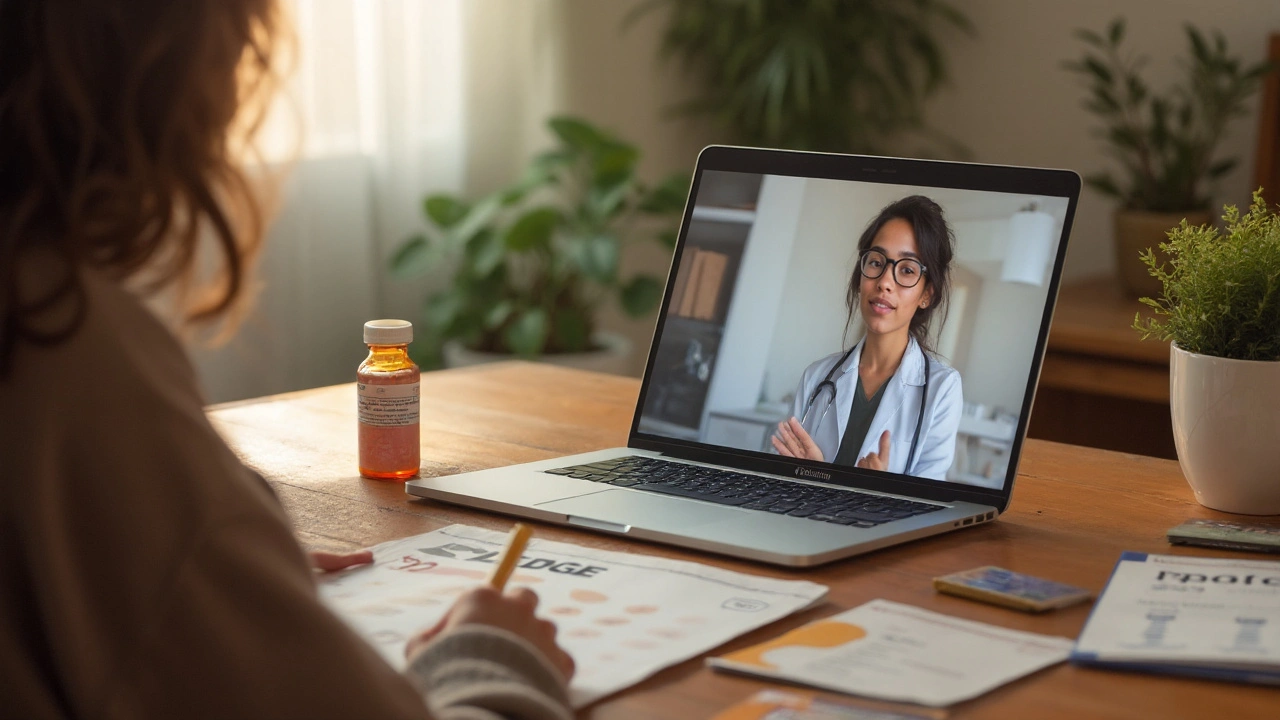Isotretinoin Alternatives: Real Options for Clear Skin
If isotretinoin feels too strong or risky, you’re not alone. Many people look for ways to tame stubborn acne without the intense side effects. Below you’ll find straight‑forward answers about why alternatives matter and which ones actually help.
Why Look for Alternatives?
Isotretinoin can clear severe acne, but it also brings dry skin, joint aches, and strict birth‑control rules. Not everyone can handle those demands, especially if you’re pregnant‑capable, have liver issues, or just don’t want to deal with constant moisturising. Finding a milder option saves you from costly lab work and the hassle of monthly pregnancy tests.
Another reason to switch is cost. Isotretinoin often requires a specialist visit and insurance paperwork, which can add up fast. Over‑the‑counter or generic prescription alternatives usually cost less and are easier to refill.
Top Alternatives to Consider
1. Oral Antibiotics (e.g., Doxycycline, Minocycline) – These work by reducing the bacteria that worsen acne and by calming inflammation. You’ll typically take them for 3‑4 months. Watch for sun sensitivity and take them with food to avoid stomach upset.
2. Hormonal Treatments (Spironolactone, Birth‑Control Pills) – If hormones are driving your breakouts, a low‑dose birth‑control pill or spironolactone can balance oil production. They’re especially good for adult women with hormonal acne. Side effects may include mild dizziness or breast tenderness.
3. Topical Retinoids (Differin Gel, Tretinoin Cream) – While still a retinoid, these are much gentler than isotretinoin. They unclog pores and speed up skin turnover. Start with a pea‑size amount every other night, then build up as your skin adjusts.
4. Azelaic Acid – This over‑the‑counter option kills acne‑causing bacteria and reduces redness. It’s safe for most skin types and works well for those with rosacea‑type acne. Apply a thin layer twice daily.
5. Benzoyl Peroxide + Clindamycin Combo – Putting a benzoyl peroxide wash together with a clindamycin cream tackles both bacteria and excess oil. It’s a simple routine you can use at home without a prescription.
When you pick an alternative, think about your acne type, budget, and how many pills you’re willing to take daily. Talk to a dermatologist or pharmacist if you’re unsure – they can match a treatment to your skin’s needs.
Finally, remember that lifestyle matters. A balanced diet, regular sleep, and gentle skin care help any medication work better. Swap heavy, oily moisturisers for non‑comedogenic options, and keep your pillowcases clean.
Bottom line: you don’t have to risk isotretinoin’s harsh side effects to get clear skin. With the right mix of oral, topical, and hormonal options, you can find a routine that fits your life and keeps breakouts at bay.

